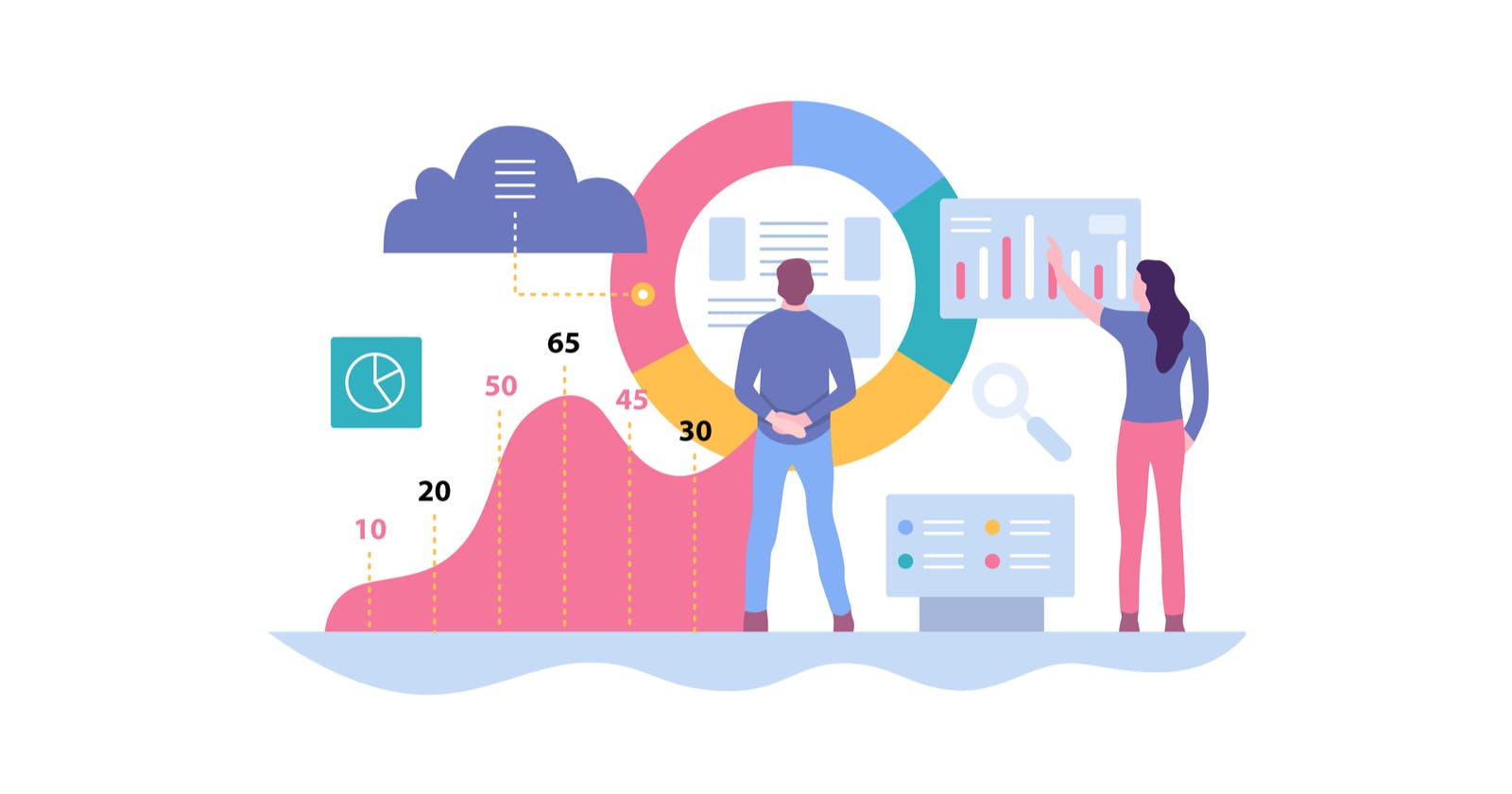Table of contents
Introduction
Predictive analysis is a form of data analysis that uses data from past events to make predictions about future events. It seeks to predict the future behavior of a system based on the past behavior of the system. Predictive analytics can be used in many areas of business, from marketing to customer service and from risk management to operations. By using predictive analytics, businesses can gain insight into customer behavior and identify patterns, trends, and anomalies that can help them make better decisions and improve their operations.
For businesses, it is important to understand the potential return on investment (ROI) of predictive analytics. ROI is the measure of the return on an investment relative to the cost of the investment. While it is difficult to predict the exact ROI of predictive analytics, it is possible to estimate the potential ROI using a combination of qualitative and quantitative analysis. This article will discuss the factors that need to be considered when estimating the ROI of predictive analytics and provide examples of how to approach the estimation process.
What is Predictive Analytics?
Predictive analytics is a type of data analysis that uses historical data to make predictions about future events. Predictive analytics can be used in many areas of business, from marketing to customer service and from risk management to operations. Predictive analytics can help businesses identify patterns, trends, and anomalies that can help them make better decisions and improve their operations.
Predictive analytics can be used to identify customer segments and better target marketing efforts. It can also be used to identify potential customer churn and develop strategies for retention. Predictive analytics can also be used to predict customer demand, identify potential fraud, and optimize inventory levels.
Benefits of Predictive Analytics
Predictive analytics has many benefits for businesses. By using predictive analytics, businesses can gain insight into customer behavior and identify patterns, trends, and anomalies that can help them make better decisions and improve their operations. Predictive analytics can also help businesses target their marketing efforts more effectively and optimize their inventory levels.
Some of the key benefits of predictive analytics include:
Improved customer segmentation:
Predictive analytics can help businesses identify customer segments and better target marketing efforts.
Reduced customer churn:
Predictive analytics can be used to identify potential customer churn and develop strategies for retention.
Improved demand forecasting:
Predictive analytics can help businesses predict customer demand and adjust their operations accordingly.
Reduced fraud:
Predictive analytics can be used to identify potential fraud and protect businesses from financial losses.
Optimized inventory levels:
Predictive analytics can help businesses optimize their inventory levels and reduce costs associated with overstocking or understocking.
Estimating the ROI of Predictive Analytics
For businesses, it is important to understand the potential return on investment (ROI) of predictive analytics. ROI is the measure of the return on an investment relative to the cost of the investment. While it is difficult to predict the exact ROI of predictive analytics, it is possible to estimate the potential ROI using a combination of qualitative and quantitative analysis.
Qualitative Analysis
The first step in estimating the ROI of predictive analytics is to conduct a qualitative analysis of the benefits. This involves identifying and assessing the potential benefits of predictive analytics, such as improved customer segmentation, reduced customer churn, improved demand forecasting, reduced fraud, and optimized inventory levels.
It is important to consider the potential benefits in the context of the business’s goals and objectives. For example, if the goal is to reduce customer churn, then the potential benefit of predictive analytics should be assessed in terms of its ability to reduce customer churn.
Quantitative Analysis
Once the potential benefits have been identified and assessed, the next step is to conduct a quantitative analysis of the costs and benefits. This involves estimating the costs associated with implementing predictive analytics, such as software, hardware, and personnel costs. It also involves estimating the potential benefits, such as increased revenue, cost savings, and improved customer satisfaction.
The estimated costs and benefits should be compared to each other to determine the potential ROI. For example, if the estimated cost of implementing predictive analytics is $50,000 and the estimated benefits are $100,000, then the estimated ROI is 100%.
Conclusion
In conclusion, estimating the ROI of predictive analytics is a complex process that involves a combination of qualitative and quantitative analysis.
The first step is to identify and assess the potential benefits of predictive analytics, such as improved customer segmentation, reduced customer churn, improved demand forecasting, reduced fraud, and optimized inventory levels.
The next step is to estimate the costs associated with implementing predictive analytics, such as software, hardware, and personnel costs.
Finally, the estimated costs and benefits should be compared to each other to determine the potential ROI. By estimating the ROI of predictive analytics, businesses can make informed decisions about whether to invest in predictive analytics and how to maximize the return on their investment.

